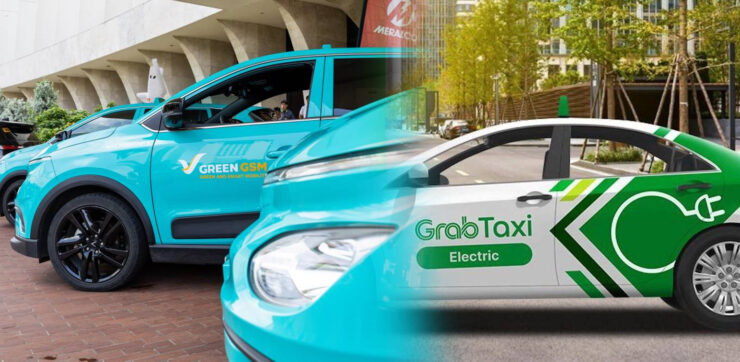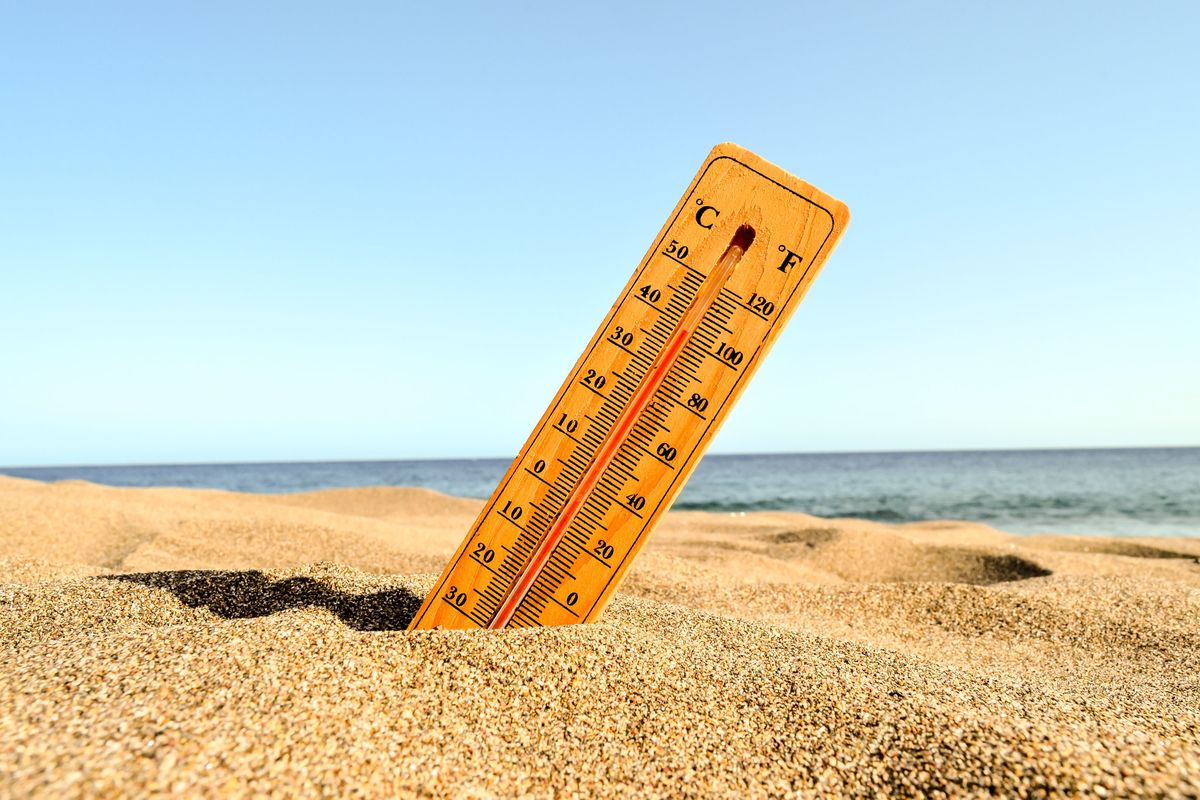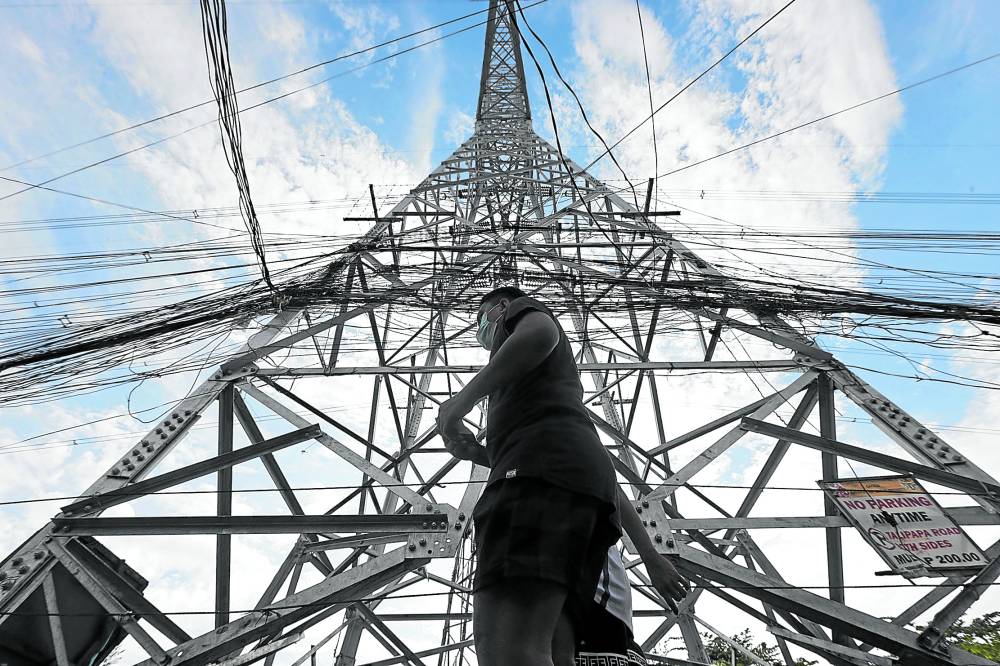More and more Filipino consumers—individuals as well as companies—are joining the shift to electric or hybrid vehicles.
Latest data from the Chamber of Automotive Manufacturers Association of the Philippines and the Truck Manufacturers Association showed that electric vehicles recorded “significant traction,” accounting for 6 percent of the total car sales in the first eight months of 2025. During the period, 18,439 such vehicles were sold.
The spike was fueled by the rising demand for hybrid cars—vehicles that are propelled by both an internal combustion engine and an electric motor—and for battery electric vehicles.
Government push
The Land Transportation Office (LTO) likewise noted that EV registrations in the first seven months reached 29,715, surpassing last year’s figure. These EV registrations represent about 5 percent of new vehicle registrations, a threefold surge from two years ago.
The Marcos administration has pushed the expansion of EV adoption across the country.
Government agencies are now mandated to prioritize supporting EV units. President Marcos previously said that 10 percent of the government’s fleet should be electric vehicles. He also set a bolder target: Electric cars must account for at least half of the vehicles on the road by 2040.
Marcos has also urged US-based Tesla to manufacture its electric vehicles in the country.
According to the Department of Energy (DOE), in line with Mr. Marcos’ directive, the government is providing perks to entice the public to shift to electric vehicles. This includes the reduction or suspension of import tariffs, priority registration at the LTO, and exemption from the number coding scheme, among others.
Room for growth
In September, the DOE also released a “clearer” electric vehicle classification system, aimed at “building a more organized, accessible, and future-ready EV market in the Philippines.”




